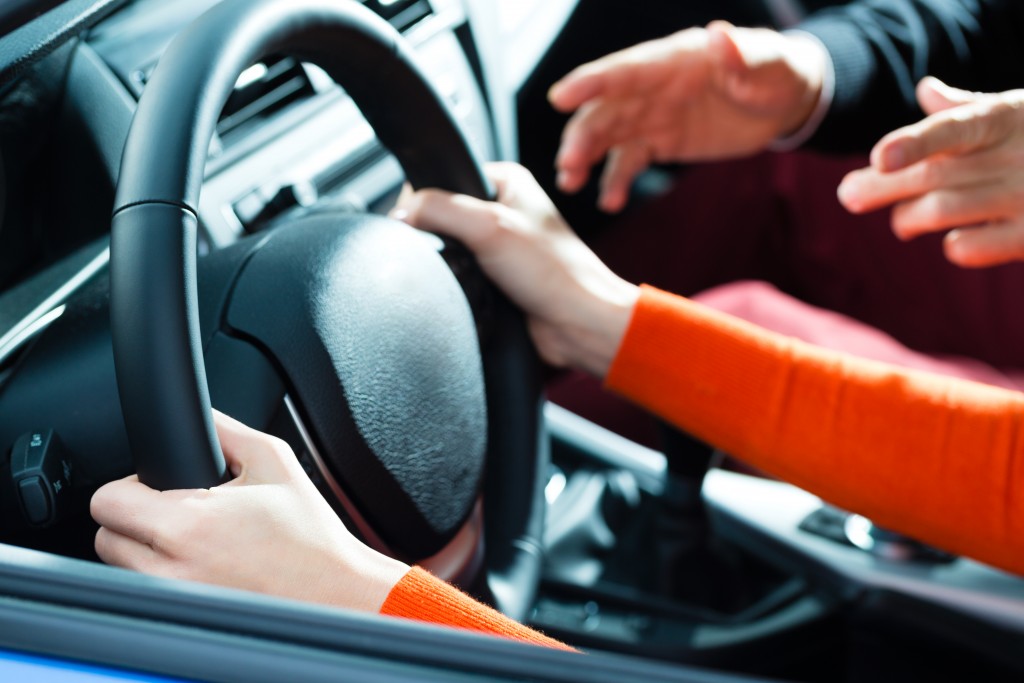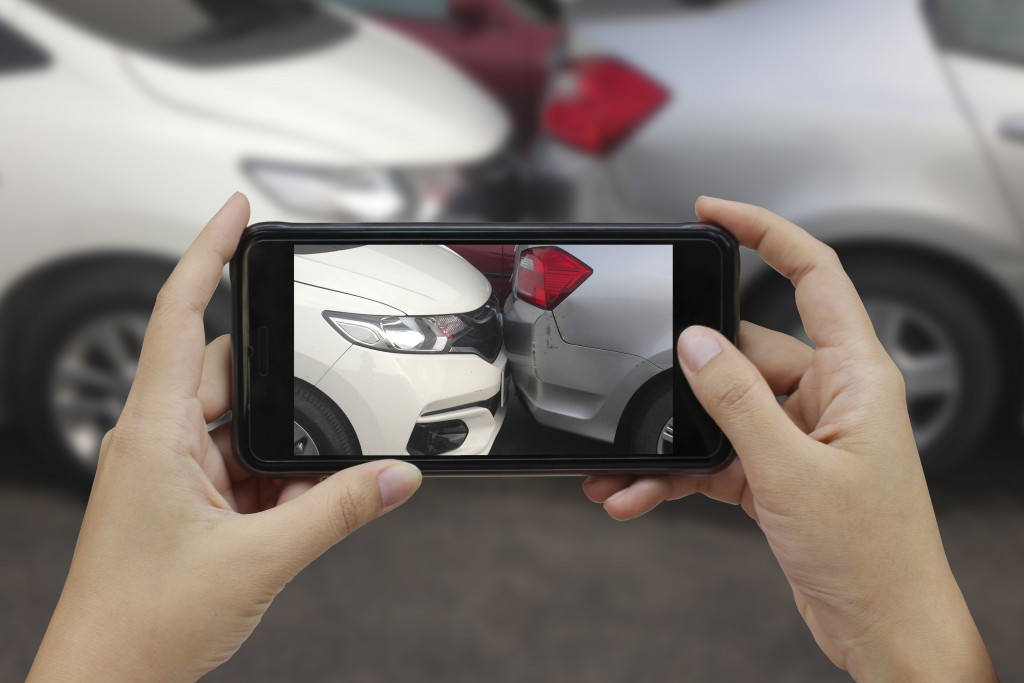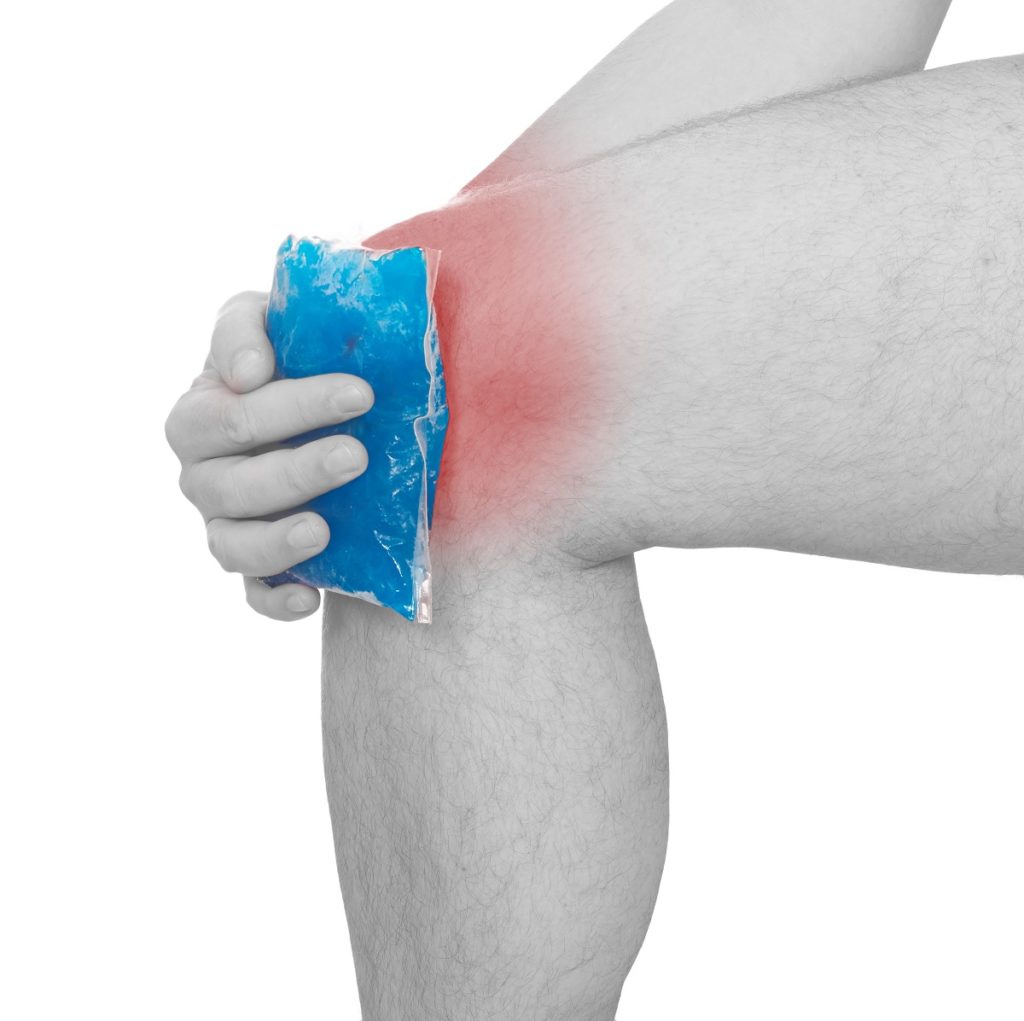Whiplash is one of the most common injuries drivers and passengers sustain from an accident. If not treated, whiplash can have several long-term effects that intensify the aftermath of the accident, possibly affecting insurance claims, and of course, the injured person’s condition.
The leading cause of car accidents in the U.S. is not wearing a seatbelt. If you’re guilty of this, seeing no trouble because you believe that you’re an excellent driver, anyway, just imagine a scenario wherein another car runs into yours from the rear. The impact will cause your head to be thrown forward and backward forcefully, and if your headrest isn’t positioned right, the sudden backward pull of your head will surely result in a painful whiplash.
This neck injury can affect your daily life and your ability to drive, so it’s important to get it treated immediately. That said, let’s discuss the complications of a whiplash, treatment methods, and the proper ways to stay safe on the road.
Long-Term Effects of a Whiplash
Aside from pain in the neck, whiplash may also result in more long-lasting symptoms including dizzy spells, stiffness and pain in the shoulders, discomfort in the upper and lower back, throbbing in the jaw, migraines, and sleep troubles. The arms and legs may also suffer from numbness, and in other cases, ringing in the ears may also occur.
If the head is seriously affected, concentration and memory issues may ensue, as well as frequent irritability. The blurring of the vision is also possible.
Whiplash sustained from a car accident can have varying symptoms, ranging from minor to serious. But either way, untreated whiplash can result in the long-term effects stated, and even in disability. Hence, seek urgent medical care shortly after the accident, and, depending on the treatment prescribed by your doctor, consider getting chiropractic therapy from an experienced and licensed car accident chiropractor in your area.
How to Prevent Car Accidents

Other than buckling up and positioning your headrest right, car accidents can be prevented by vigilance. When pulling into traffic, especially in an interaction, check all directions at least twice before proceeding. Be aware of blind spots, which you can glimpse through your rear-view mirror, side mirrors, and behind the windshield pillars or road signs.
When entering an intersection on a green light, watch out for other vehicles who might beat the red light or speed through the yellow light. Be extra cautious when driving beside an 18-wheeler or any other giant truck; position yourself where their side mirrors can reflect your auto, as it indicates that their drivers can see you, too.
Keep your distance from the other vehicles, so that no crash will occur if someone were to swerve or stop suddenly. Avoid tailgating even when you’re in a rush; as tempting as it is, it’s also another major cause of collisions.
Watch out for pedestrians, too, especially kids and animals. Slow down when you’re driving in a residential area or school vicinity, as children may be roaming around there mindlessly. When parking, don’t depend solely on your mirrors to find your way. Look over your right shoulder, too, and at all directions.
Avoid being distracted by music, your phone, and other activities, such as eating and drinking. Distractions hinder you from bracing yourself in case of a car crash.
Lastly, perform regular engine maintenance. You can be a very defensive driver, but if you’ve got a faulty engine, accidents will still likely take place. Keep those tires properly inflated and the oils changed frequently. With these safety precautions observed, your likelihood of being spared from traumatic crashes and long-lasting injuries will surge.




